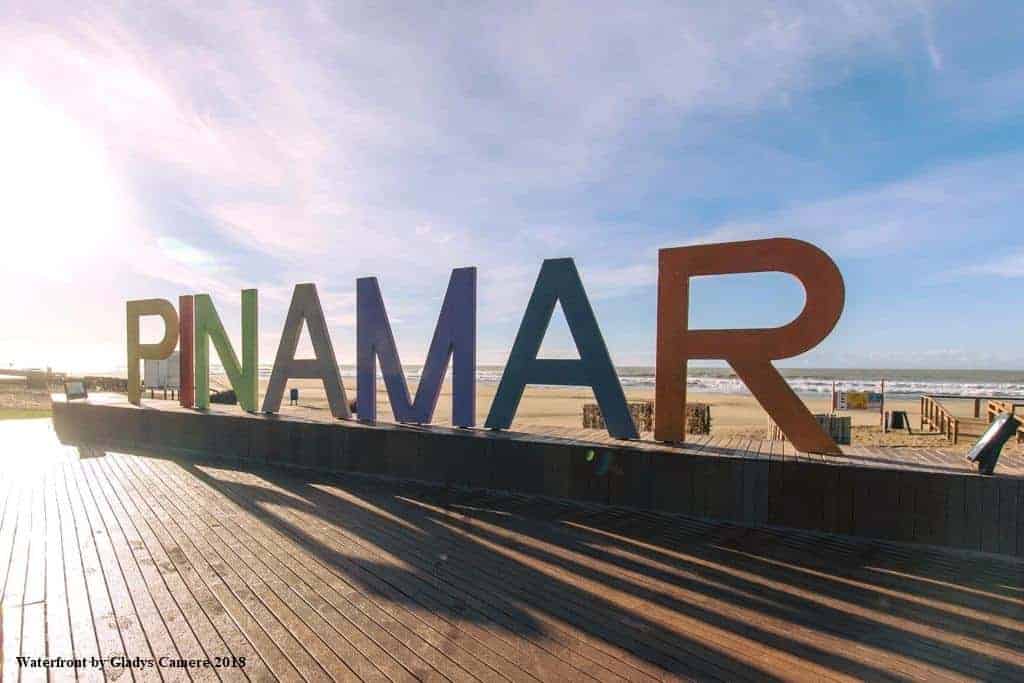A Hostel with an Ecological Twist in Buenos Aires
By Celine Massa
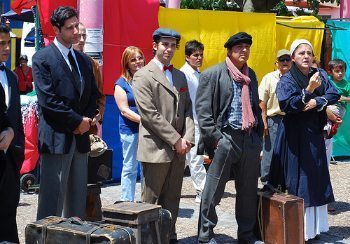
Walking down the streets of Palermo, Buenos Aires is like walking in a trendy, fashionable, upmarket part of London, New York or even Paris.
Within the Palermo world of café lates, cupcake shops, stylish restaurants and street designer wear, there’s a place with a difference that has the environment on its mind.
Take a walk on Guatemala Street and stop at number 4778. You have arrived in front of a gorgeous old colonial-style terrace house, which is known as Eco Pampa Hostel, the first urban, ecological hostel in Buenos Aires.
So what’s so ‘green’ about this new hostel?
Well, first it’s part of the Responsible Tourism Network which offers certification in responsible tourism for its members and has a code of ethics that all members have to abide by. Each member is audited by the other members of the network making sure that no one exploits the certification and does what they say they do.
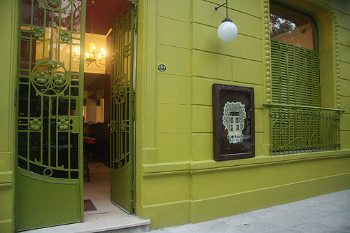
If a business isn’t up to the standard of the code of ethics but wants to be part of the network, it needs to set clear objectives to become more sustainable with a precise deadline.
This code of ethics includes protecting natural resources and efficient use of resources as well as respect and inclusion of the local community into each business.
Apart from being part of the responsible tourism network, the more tangible differences that the hostel can boast are the recycled furniture splattered all around the reception and bar.
These pieces of furniture have had previous owners and were either part of old theatre sets from the buildings previous days, found on the street, or bought in second hand shops and auctions.
Bohemian Style
Each item was refurbished and decorated giving a unique, bohemian, yet stylish approach to the place. Walking up the stairs to the guest rooms, you will encounter more recycled furniture including old window frames converted into mirror frames, lamps having a chance to a second life and bedside tables painted as works of art all thanks to the talented Marcelo Soares Leguineche who is the official furniture artist of the hostel.

Speaking to the owner of Eco Pampa, Pablo Gueilburt, the hostel opened its doors in March 2010 with the idea of having the least amount of impact as possible on the environment.
The ideology of this innovative lodging is placed around being able to change peoples habits; e.g. compelling a guest to turn off the tap while brushing their teeth or persuading a guest to recycle. Changing habits will mean they have succeeded in their endeavor of environmental change.

If guests are keen to test out their cooking skills, there’s a kitchen available, equipped with recycling bins (collected by El Ceibo recycling cooperative) and cloth bags that you can borrow to go grocery shopping with (and therefore reducing the amount of plastic bags you use).
If you are lacking in an ingredient or two for your fabulous cook-up, you can head up to the organic garden located on the terrace.
Here you will find the local seasons herbs and perhaps a few extra vegetables to compliment your recipe. Organic waste is also separated and thrown together in the compost which goes directly back into growing more herbs and vegetables for future guests.
And the cost?
Well going against the grain of many ecological businesses, it has affordable prices starting at $15.00 a night including breakfast and Internet. You can check out all of their prices and much more through the Eco Pampa Hostel website www.hostelpampa.com.ar as well as information about the Responsible Tourism Network at this website.
While staying in Buenos Aires, what can I do?
Buenos Aires is a breeding ground for creativity, culture, art and bohemian lifestyle. To take this all in, you can do the Art walk, which introduces you to street art, architecture, hidden galleries and museums creating some of the charm and culture of San Telmo, one of the most historical neighbourhoods of Buenos Aires.
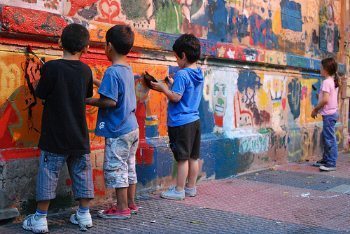
This beautiful locality also hosts a massive Sunday feria (market) that takes up a large part of Defensa street, where you can find collections of antiques, paintings, photos, B.A. memorabilia, arts and crafts as well as street performers and perhaps even some tango.
There are also countless museums and galleries to visit including the Mueseo Nacional de Bellas Artes, one of Argentina’s most important art museums, where you can see works of art from many local artists such as Prilidiano Pueyrredón, Morel, Della Valle, etc, as well as some paintings by famous European artists such as Rembrandt, Monet, Picasso, Goya, Van Gogh and El Greco.
Another museum not to be missed if interested in the history and politics of Argentina is the Museo Evita, which as the name implies, is a tribute to the famous Eva Peron, first lady of Argentina between 1946 and 1952.

If you fancy an alternative tour you should definitely check out Anda Responsible Travel, dedicated at providing responsible tourism, respecting the environment and promoting fair trade and social justice.
They offer trips outside of Buenos Aires, to e.g. indigenous communities but in Buenos Aires, they are well known for a tour that occurs around the neighborhood of “La Boca” (where the famous “Caminito” is located, a laneway with distinctive colorful houses superimposed on top of each other, tango restaurants and an arts and crafts market).
Instead of just seeing the main tourist attraction, Anda takes you to see the reality of La Boca where you meet with social projects and are able to see their activities and hear about their stories as well as take away some souvenirs.
Recoleta is where the famous cemetery is located where many rich and famous are buried below tombstones, mausoleums, temples and marble sculptures. It is amazing to walk around and see the work of art that has been created in this cemetery.
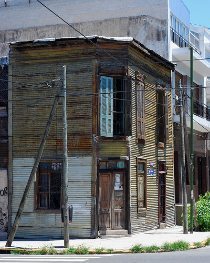
If you venture a little further in, down some little passageways, you will see some abandoned mausoleums that have a rustic beauty to them. You can take a free English tour on Tuesdays and Thursdays at 11 am.
Getting around Buenos Aires is relatively easy considering that there are many modes of transport available to you. One of the favourites is using the free yellow bicycles on offer at various ‘stations’ in the city. All you need to do is register and you’re then given the freedom to ride the city away!
Seeing a milonga is probably high on the list of things to do in Buenos Aires. There are many around but only two will be mentioned here. The first one is called La Catedral (www.lacatedralclub.com), which is located in a historical building, forming part of the cultural heritage of Buenos Aires.
There are Tango classes, milongas as well as a vegetarian restaurant that you can feast at. The other milonga is called Tango Queer, a gay milonga where gays and heterosexuals alike take to the dance floor and dance beautiful moves. It is located on Peru 571 in San Telmo and occurs every Tuesday night from 8.30 onwards. You can take classes, dance or just watch. www.tangoqueer.com/
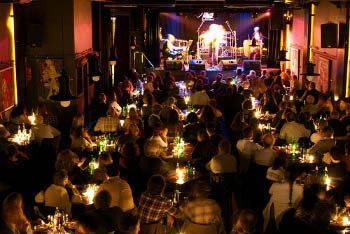 To enjoy live music shows definitely check out where you will be subjected to famous tango artists, jazz artists and orchestra performances while sipping wine and dining.
To enjoy live music shows definitely check out where you will be subjected to famous tango artists, jazz artists and orchestra performances while sipping wine and dining.
In the Ciudad Cultural Konex the famous “La Bomba de Tiempo” play every Monday night at 7pm. They are a group of 12 percussionists who improvise using a system of over 70 signs to communicate with each other. The atmosphere created is of a large dance party, all moving to the tribal beats of drums, livening anyone’s mood.
To eat, you can either wonder the streets of Palermo or San Telmo and see what you come across or you can follow these few recommendations. If you like Turkish or Armenian food go to Sarkis, Thames 1101 in Palermo, which has many Arabian delicacies for very decent prices.
Be warned, get there early as there are many who are keen to get a table here. If you like pizzas then look no further; Buenos Aires is full of good pizzerias thanks to their Italian heritage.

One of the best is called El Cuartito, an unpretentious, local eatery with great pizza and prices to match, located at Talcahuano 937. El Refugio de Oleiros is a restaurant that belongs to the association of children that are descendents of Spanish immigrants. It has excellent seafood, fish and paella. It is located in San Telmo on Piedras 848, in an old club, which gives it a homely mom and pop feel.
Of course, Argentinians are famous for their parillas and so it goes without saying that a Parilla restaurant be included. Don Julio is located in Palermo, (Guatemala 4691) and is traditional in style with wood and leather being the focus of the decoration. It has great steaks and homemade salsas such as the well-known chimichurri.
As for bars, there are also hundreds and thousands to choose from in this abundant city. A couple that are charming are: Las del Barco located in San Telmo on Bolivar 684. It has a colourful interior with a cosy, bohemian feel and with good tapas and cocktails.
La Barceloneta on Bolivar 591 is a late night venue, which has projection nights of cult films, guest dj’s all in an old school bar atmosphere. Bar Gribaltar is an intimate place where you can have interesting conversations, play pool as well as have a good feed, located on Peru 895.
Enjoy Buenos Aires and it’s vibrant art, culture, traditions and creativity. Be sure while you visit to choose responsible and green tourism as best you can.
 Celine Massa spends her time, in between travels, in Australia, working on sustainability projects, writing and taking photos on subjects that tickle her fancy and using her passions for social purposes. She has recently been introduced to the world of parenting uses her parent adventures and musings for creative purposes.
Celine Massa spends her time, in between travels, in Australia, working on sustainability projects, writing and taking photos on subjects that tickle her fancy and using her passions for social purposes. She has recently been introduced to the world of parenting uses her parent adventures and musings for creative purposes.
- These 9 U.S. National Parks Require Reservations in 2024 - April 17, 2024
- Take a Hike in Olympic National Park - April 17, 2024
- The Wild Mississippi: 2340 Miles Across Ten States - April 8, 2024



